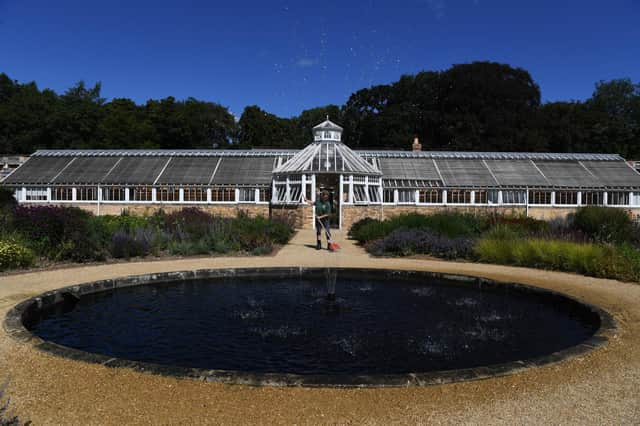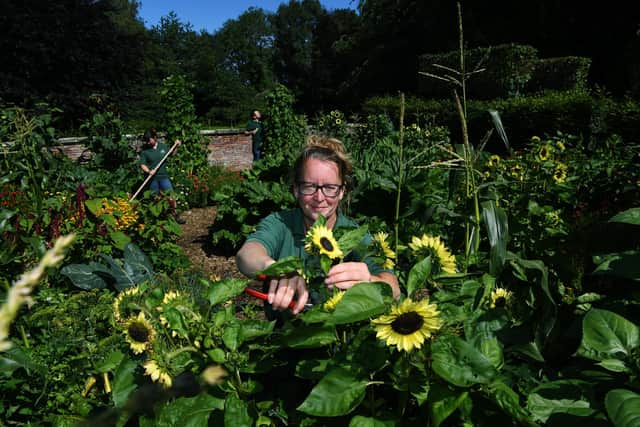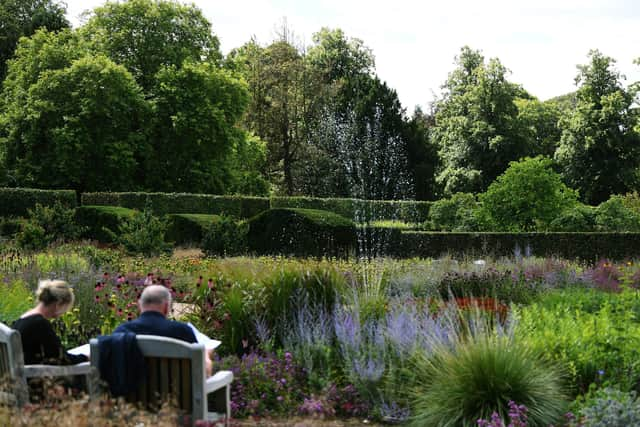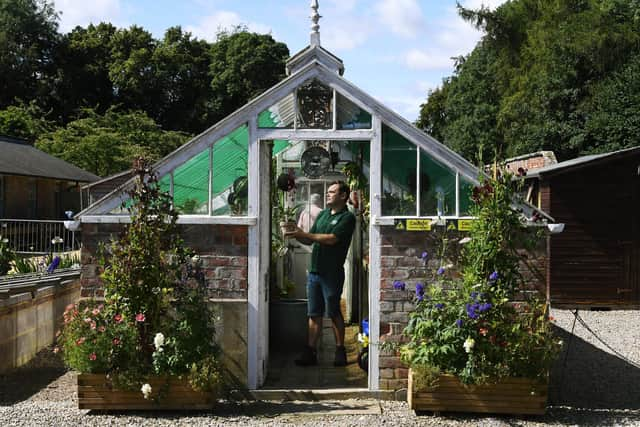Scampston Hall: Yorkshire country house shortlisted for Historic Houses Association's Garden of the Year title for the first time - this is why


In nearly 40 years, there have only been four Yorkshire winners, the most recent being Wentworth Woodhouse last year. The 2023 finalists include just one English estate, and it is this 17th-century walled garden near Malton that has been in the same family for centuries.
Scampston Hall is owned by Christopher and Miranda Legard. The Legards have been Yorkshire landowners and baronets for hundreds of years, but in 1959 they acquired the Regency house and an estate of 70 farms and cottages through the marriage of Sir Thomas Legard to Mary L’Estrange Malone, whose own mother was an heiress of the St Quintin family, who were granted lands in the Norman Conquest. The St Quintin male line died out in the 1930s, having lived at Scampston since the 1690s.
Advertisement
Hide AdAdvertisement
Hide AdThe gardens were private until 2004, when they opened to the public for the first time, not long after they had been landscaped by the renowned Dutch designer Piet Oudolf.


Despite their popularity with horticultural purists, they had begun to suffer from a lack of a ‘firm hand’ by the time head gardener Andy Karavics arrived from Sledmere House in East Yorkshire in 2020.
"I’d got to know the local garden circuit, and the comments people made about Scampston were that the gardens were on the slide a bit, that they had outgrown themselves. When this job came up, I met Chris and Miranda and told them I wouldn’t just maintain what they have, I’d put them back on the map and bring the design back to life.”
Studying Oudolf’s original 1997 plans, Mr Karavics was able to spend 12 weeks working alone during lockdown in 2020.
Advertisement
Hide AdAdvertisement
Hide Ad"There were gaps in the borders, pruning needed to be done, and some aggressive plants had taken over. The borders were tired and the original design had been lost. It needed a strong hand.


"Since then it’s had a complete makeover and we’ve replanted the naturalistic designs. The right scale is important for the beech and yew hedges.”
Feedback has been positive, with regular visitors who were wary of coppicing work they witnessed in that first year now impressed with the rejuvenation.
"I’ve never heard as many compliments as we’ve had this year. Loyal visitors saw it was getting a bit fuzzy. We want to continue for the next five years, and after that we’ll have to make some bold management decisions. But the owners are very enthusiastic and supportive.”
Advertisement
Hide AdAdvertisement
Hide AdAlthough the gardens open one fewer day per week than in the past, the team have introduced members-only evenings where visitors can meet the Legards on the lawns. There are spring and autumn plant fairs, and on August 16 there will be a ‘meet the gardeners’ day with tours and talks to celebrate the Garden of the Year shortlisting.


"It’s always been a destination for ‘pure’ horticulturalists, and we’ve resisted the temptation to become a family attraction – there’s no petting farm or zip wire! Although we’ve ‘rewilded’ parts of the wider estate, the gardens are a natural habitat with diverse species of insect and bird life. The plants are pollen-rich and we get song thrushes nesting.”
Other developments have included the restoration of a Victorian orchid house that had fallen out of use and an attempt to recreate the orchid collection of one of the 19th-century St Quintin baronets. The gardeners’ yard is now open to the public, who can see inside the polytunnels and glasshouses, and a melon pit is back in production.
"The family have put a lot of trust in us, and it’s nice to get that credit. Being a finalist in Garden of the Year is a real feather in our caps, and it would be lovely to win. We’re in really heady company.”
Past Yorkshire winners of Garden of the Year, Historic Houses Association
Wentworth Woodhouse – 2022
Newby Hall – 2019 and 1986
Castle Howard – 2011
Burton Agnes Hall – 2005
